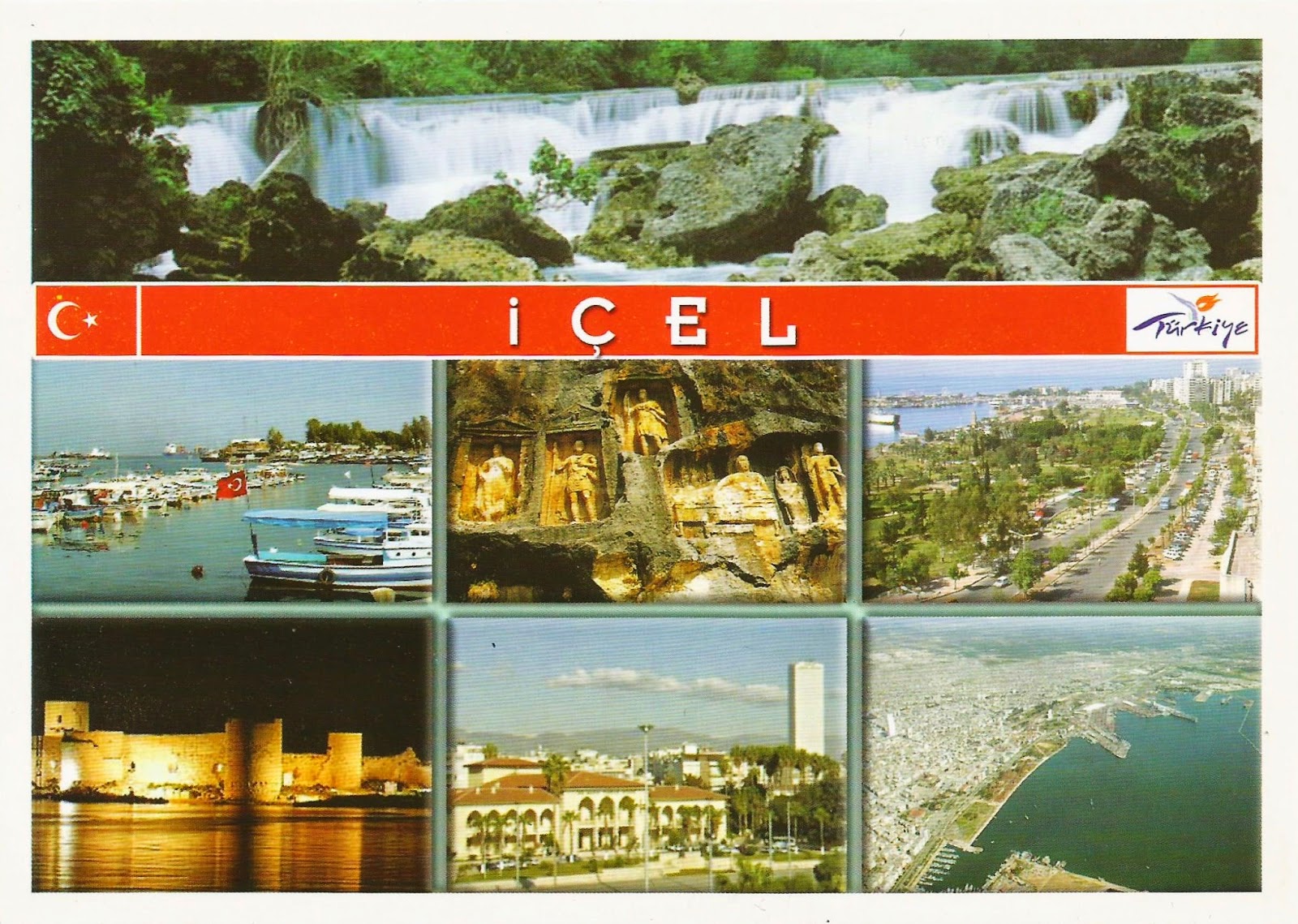The ancient geographical region of Lycia situates on the Teke Peninsula on the Mediterranean region of Turkey. Ancient Lycia was surrounded by Mediterranean Sea on the south, Caria on the west and Pamphylia on the east. Lycian Civilization is well-known by many remains in this area dated to 5th and 4th century B.C. belonging to Hellenistic and Roman Period. The written Egyptian and Hittite sources of dated back to the 2th millennium B.C. mentions a tribe called "Luka" or "Lukka" and Hittite king Suppiluliuma mentions his conquer the "Lycia Country" in 14th century B.C. Also, written sources about the Kadesh Battle calls these people as "Lukkies the sea people". According to the historians "Lukka" means "Land of the Light". Lycia was ruled by Syrian king Antiochus III starting from the end of the 2nd century B.C. until mid 2nd century B.C. In the mid 1st century B.C. "Lycian League" was established which comprised of 23 cities. This union was the first known democratic federation in the history which inspired the modern day democratic systems. In this system, principle cities had 3 votes while the others had 2 votes or 1 depending on their size.
Major cities of this federation were Patara (being the capital city), Xanthos, Pinara, Olympos, Myra and Tlos which had three votes later joined Phaselis. Teke Peninsula also holds the other cities of Lycian League, many of those are well known from the systematic excavations, also form the coins and inscriptions namely Andriake, Sura, Kyaenai, Limyra, Theimmusa, Simena, Istlada, Trebende, Aperlae.
1- Myra
2- Olympos
3- Patara
4- Phaselis



























.jpg)
.jpg)
.jpg)
.jpg)
.jpg)
.jpg)
.jpg)
.jpg)
.jpg)
.jpg)













